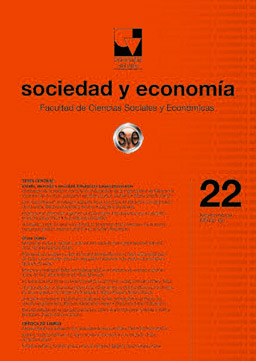Higher Education Policies in Chile from The Equity Perspective
Main Article Content
This article analyses the impact of public policies on Higher Education in Chile between1990- 2007 under a Government coalition, which pretends to achieve a better quality and more equity in the educational system. The model of equity used for the analysis considers two axes: i) dimensions of equity (for equal needs, capacities and achievements) and ii) resources (financing, social and cultural) and educational stages (access, academic survival, performance and outcomes). The results indicate that enrollment grew up drastically, but was not the same for students coming up from different socioeconomic levels, dropouts are still high, quality assurance was adequately implemented, but it’s become more difficult for graduates get a job. The article ends with some suggestions to overcome the current difficulties.
- Educational Policies
- Higher Education
- Equity.
Downloads

This work is licensed under a Creative Commons Attribution-NonCommercial 4.0 International License.
Revista sociedad y economía editada por la Facultad de Ciencias Sociales y Económicas de la Universidad del Valle se encuentra bajo una Licencia Internacional Creative Commons Atribución - No comercial 4.0
Basada en una obra en http://sociedadyeconomia.univalle.edu.co





